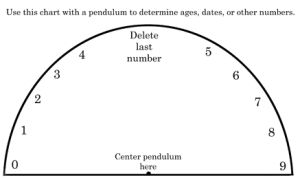There are two main reasons why people like us visit — and perhaps investigate — haunted sites.
- One is for the experience. Maybe it’s a “good scare,” or a brush with the supernatural. You’ve seen the YouTube videos and TV shows, and you want to see what ghost hunting is REALLY like.
- The other is to find evidence, or some sort of proof that ghosts are real. For that, you may trust your senses, you may use ghost hunting equipment, or both.
I’ll be honest: After confirming that a site has a least a rich ambience (if no actual ghosts), I’m almost entirely interested in the experience.
For me, a unique brush with history and the people who lived in past eras… It makes ghost hunting memorable.
Of course, you might be looking for a different kind of experience. For example, you might be looking for a “good scare,” which — in my opinion — is a foolish and sometimes dangerous pursuit.
Either way, here are some tips on when to go ghost hunting (and it’s not Halloween).
But here’s the problem: Many of today’s ghost hunters focus entirely on evidence. They seek proof, or what they think is proof, using ghost hunting equipment. Meanwhile, they’re missing the truly rich experience of encountering actual ghosts.
Still looking for “proof”? Well, I’m not convinced that there is ever enough proof to banish all skepticism and doubts.
One of America’s most vocal skeptics once told me that he really wanted to believe in ghosts. However, he always found a reason to question the evidence, no matter how compelling it might seem.
I understand.
Lean into your experience.
In my opinion, determining the value of ghost-related evidence is deeply personal. Paranormal ghost hunting equipment shows us that something odd and anomalous is going on, perhaps briefly, at a site.
It doesn’t tell us what is going on. Or why it’s happening, if it can be repeated, and so on.
In other words, on its own, ghost hunting equipment doesn’t provide actual proof of ghosts.
There will always be “logical” explanations for paranormal activity, no matter how extreme and improbable those explanations might be.
And now, a big spoiler…
I’ve been studying one explanation for years: It’s infrasound, and I believe it can be a factor in — albeit not the entire reason for — many hauntings.
(In the past, I haven’t talked about this very much, because I didn’t want to spoil anyone’s fun if they’re thrilled and delighted by a site I consider questionable. Now, over 20 years since I started this website, I kind of regret that.)
Ghosts and the infrasound dilemma
The majority of ghost reports sent to me come from locations within 1/4 mile of a busy road, an overpass, or some form of moving water such as an underground stream. And that means infrasound could explain many of the “symptoms” indicating ghosts.
This issue was brought to my attention by Vic Tandy, a British scientist. Here’s what you need to know:
Working late one night in a supposedly haunted lab in Warwick, England, computer expert Vic Tandy experienced cold sweats. Next, he experienced a sudden (and unexplained) feeling of depression.
After that, he caught sight of a filmy, gray figure. As he turned to see what it was, it vanished.
That got his attention. Was the lab really haunted?
The next day, while oiling a fencing foil, Tandy noticed the foil vibrating vigorously. That’s when he realized that a nearby fan was in use, and it was vibrating, but at a level so low, he hadn’t noticed it.
Tandy measured the vibrations at 18.9 hertz, just above the threshold at which human eyeballs start to shake or even distend, causing blurry vision and odd imagery.
That’s when Tandy realized that what seemed like a ghostly apparition in the lab… it was simply an optical illusion induced by infrasound.
(If you want to really delve into the topic of infrasound, an early 2002 study and a 2013 report are good starting points. There have been numerous other studies — especially in Japan — on the same topic, noting infrasound emanating from highways, especially those with bridges and overpasses near “haunted” sites.)
And this could really disillusion you…
Watching ghost hunting shows on TV, you’ll notice that many “haunted” locations fit that profile. That is, they’re near a river or busy highway. (Whether or not that’s mentioned, I use a map to fact-check it.)
Does that mean that all hauntings near busy roads, rivers, or underground streams are bogus? Or that TV producers deliberately look for filming locations near sources of water, or highway overpasses?
Of course not! (I’ve worked as a location scout for TV shows, and not once did a producer steer me towards questionable locations.)
In fact, wandering into extreme speculation, it’s possible that infrasound is actually used by some spirits to get our attention, or it diminishes the barriers between our world and theirs.
(I’m not making that particular claim, but mentioning it as a possibility. At this point, I think we need to consider all potential explanations for ghostly activity and what seem like paranormal encounters.)
But for those who want to dismiss every ghost story as fake, infrasound can be a convenient explanation.
After my first few minutes at a haunted site, I rarely use any ghost hunting equipment.
Learn more tips like these…
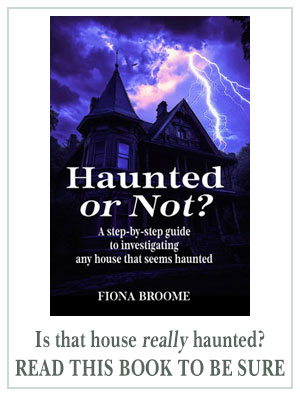
One good reason to use ghost hunting equipment
Here’s why at least one person on your team might (briefly) use some ghost hunting equipment: To rule out normal explanations for apparently paranormal activity.
For example:
- EMF detectors can be useful to find bad or exposed electrical wiring, especially in kitchens, workrooms, and basements. That can affect some people, triggering anxiety that could seem “ghostly.” (When my team found electrical wiring wrapped around water pipes in a noted “haunted” house, we had to dismiss all ghostly phenomena in the house. That’s one site where turning off electricity — at the source — could make the site’s ghost stories more credible.)
- Other tools, including dowsing rods, can help identify underground pipes or streams in gardens and cemeteries. If a pattern of ghost reports matches where the water runs, maybe underground water generates a frequency similar to what Vic Tandy experienced.
But that’s all. Once you’ve checked the site to be sure nothing normal could explain past ghost reports, then put the ghost hunting equipment aside.
The problem with paranormal ghost hunting equipment
When I participate in events at haunted sites, I’m dismayed to see people almost wholly focused on their EMF meters, ghost apps, EVP devices, and so on.
I understand that they want to experience what they’ve seen on TV. They want to prove — if only to themselves — that at least some ghost hunting TV shows are legitimate.
But, by putting all of their attention on those devices and equipment, they’re often missing the best of what’s at haunted sites.
The personal experience is what matters.
I’m reminded of a ghost hunting event, many years ago, at “The Mount,” Edith Wharton’s home.
Most of the crowd was in a room, waiting for a Shack Hack to talk. It had been silent for a long time… until John Zaffis entered the room and spoke to it. Then — abruptly — the Shack Hack became chatty. (I was not surprised. John and I have been on many investigations. Both of us seem to trigger ghostly activity… when it’s genuine, that is.)
Since I had little interest in what the Shack Hack might blurt, I left the room and stood outside Edith Wharton’s personal library. There, I sensed the oddest energy, and — in my mind —could hear Ms. Wharton muttering (loudly) to herself, mostly in French. I understood only a little of it. (Mostly, she seemed very angry with her husband.)
Then, I noticed Lesley Marden nearby. Like me, she could “hear” Ms. Wharton pacing and talking to herself in the library. We could feel a breeze, as if she’d just passed us, ranting and gesturing, her skirt rustling with each step.
That’s where Lesley and I first met, and — since then — we’ve been fast friends in ghost hunting.
But, on that day, Lesley and I agreed that the folks so fascinated by the Shack Hack were missing out on the far richer ghost hunting experience: The one that we’d encountered at the doorway to Edith Wharton’s home library.
What will you remember, years later?
Whether it’s…
- an unexplained or momentary chill,
- a sense that “something is there” but invisible,
- a disembodied voice that they hear, or something similar…
… the experience — your physical, cognitive, and emotional reaction — is what matters.
That’s what you’ll always remember, not whether a device’s light seemed to flash for no reason.
Or a needle on a dial shudders or shakes.
Or whether a series of semi-garbled words seemed to kinda-sorta make sense as they blasted from a nearby radio, scanning channels.
What you see on TV is often a shallow version of paranormal research, designed to entertain viewers. Don’t try to “do what they did on TV.”
I’ve seen truly weird, unexplainable phenomena at some sites… Things no one would believe if they hadn’t been there (and, like me, tried to debunk it).
Here’s my best advice:
If you’re intrigued by ghosts and haunted sites, don’t go there as a spectator. Go there for the experience. That’s what matters.

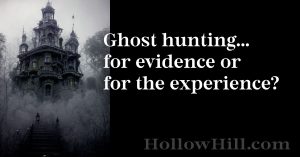
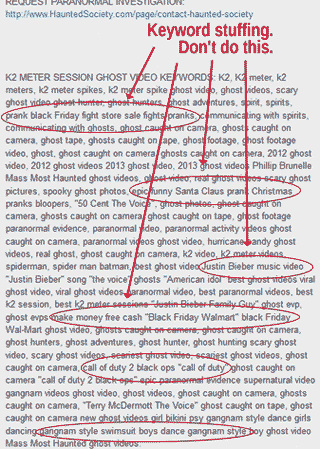
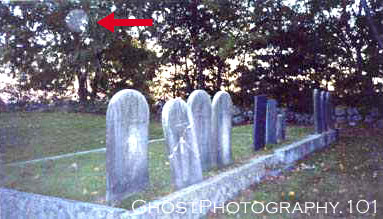
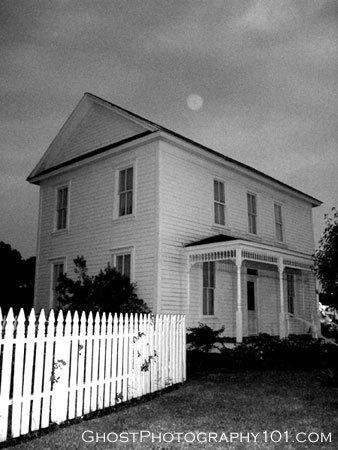
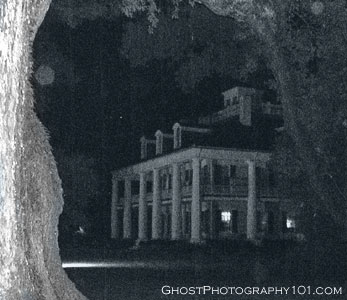
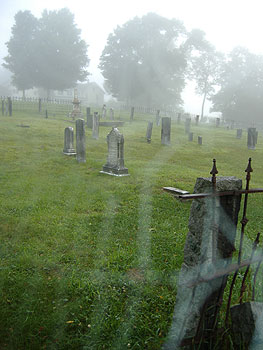
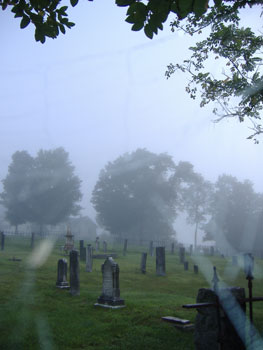

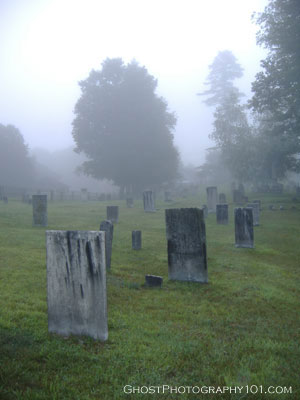
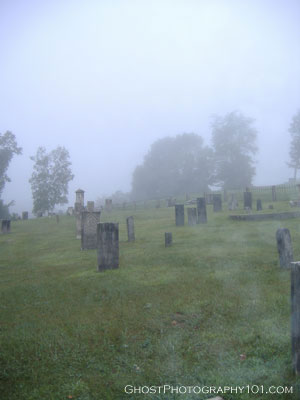


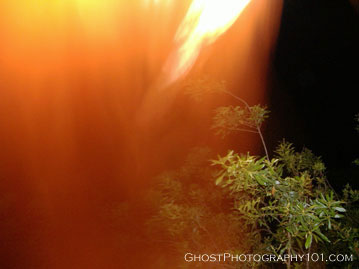
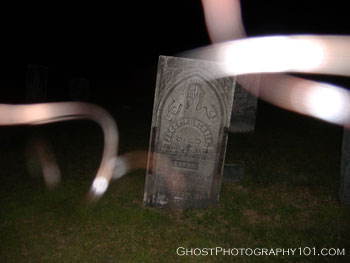
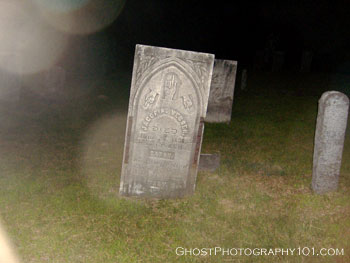



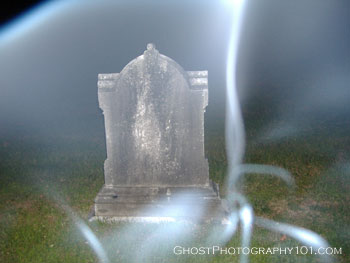
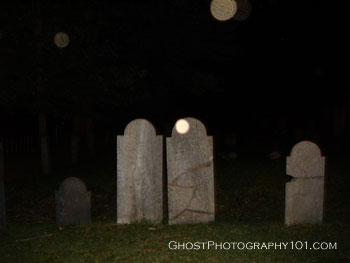
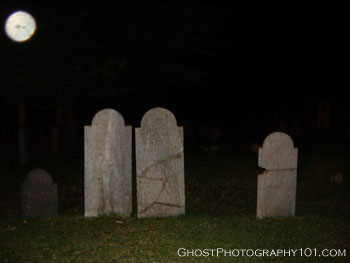


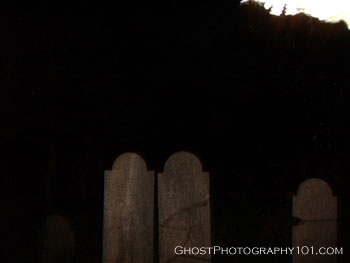
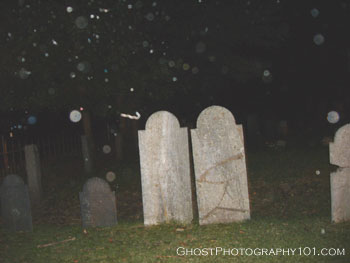
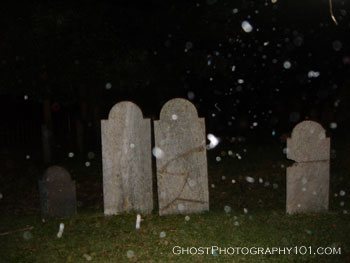
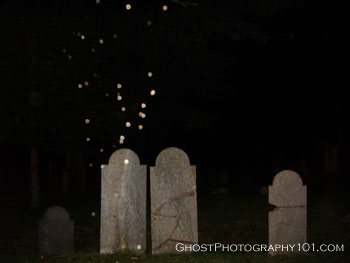
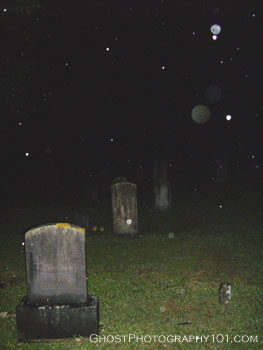

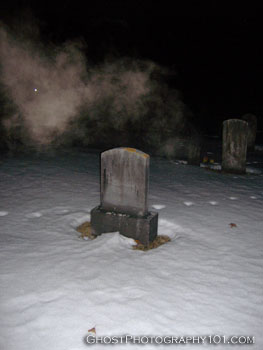
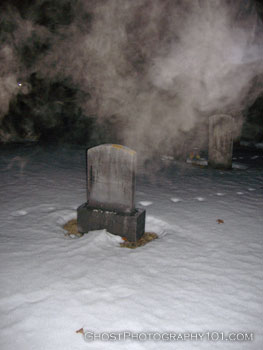


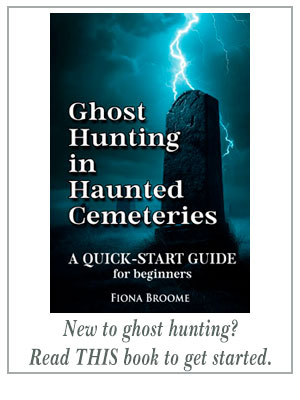
 You’ve probably seen pendulums (or pendula) on old clocks. The pendulum is the round thing below the face of the clock, and the pendulum swings back and forth, rhythmically, keeping time.
You’ve probably seen pendulums (or pendula) on old clocks. The pendulum is the round thing below the face of the clock, and the pendulum swings back and forth, rhythmically, keeping time.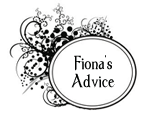 If you’d just like to experiment with this, you can make your own pendulum by tying any heavy bead or small pendant to a string or cord. The string should be about ten inches long.
If you’d just like to experiment with this, you can make your own pendulum by tying any heavy bead or small pendant to a string or cord. The string should be about ten inches long.
